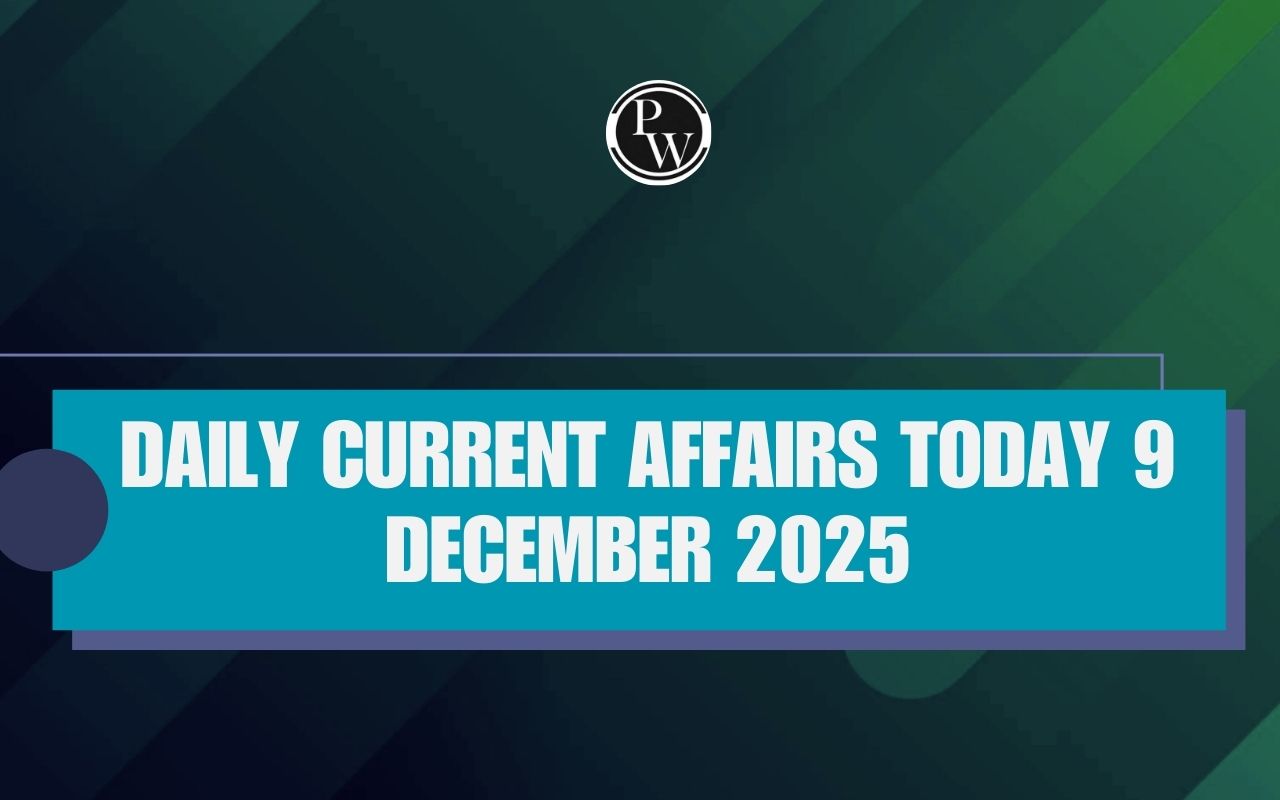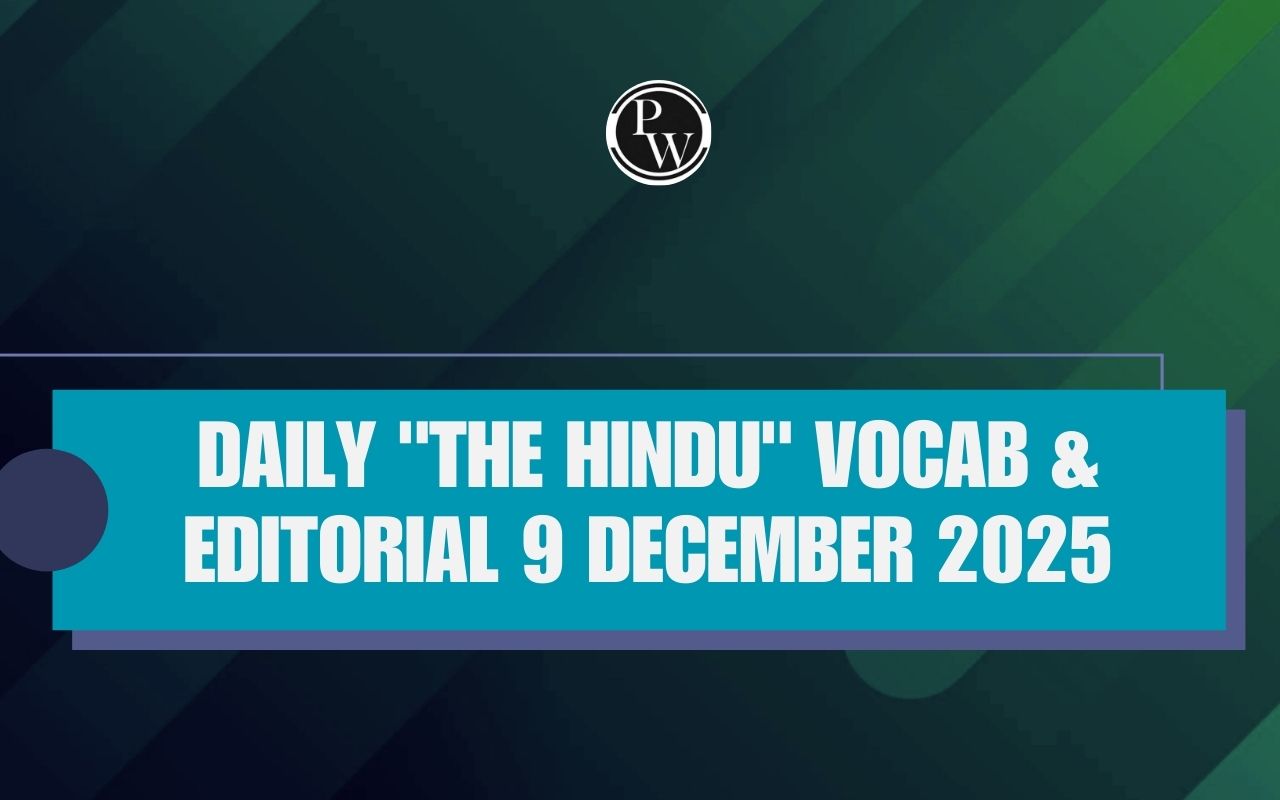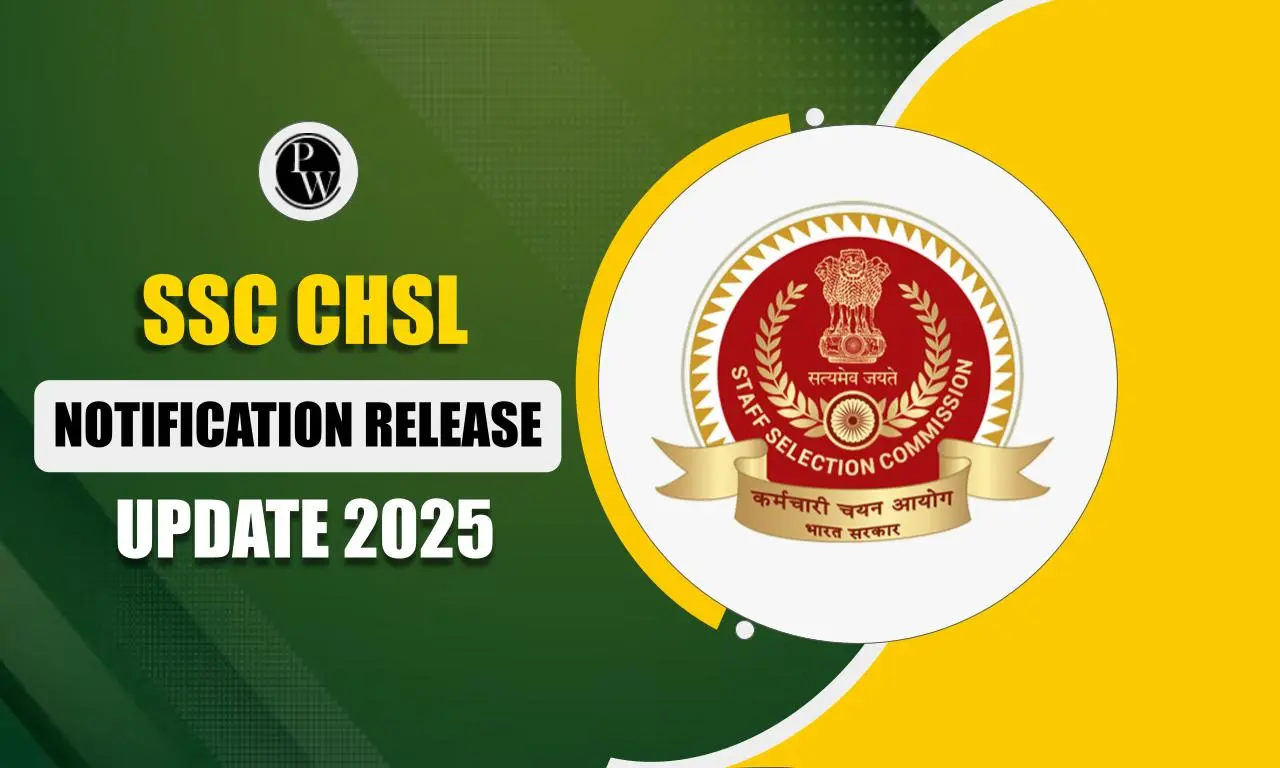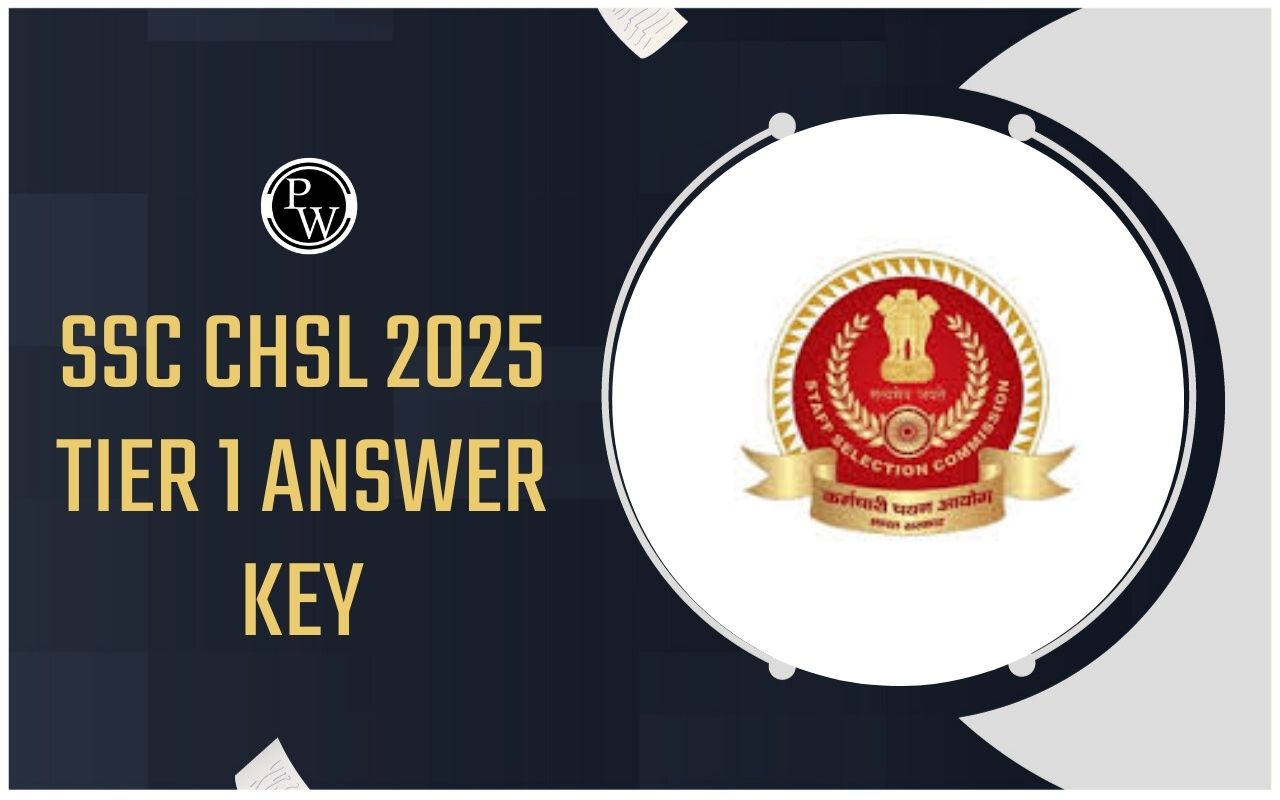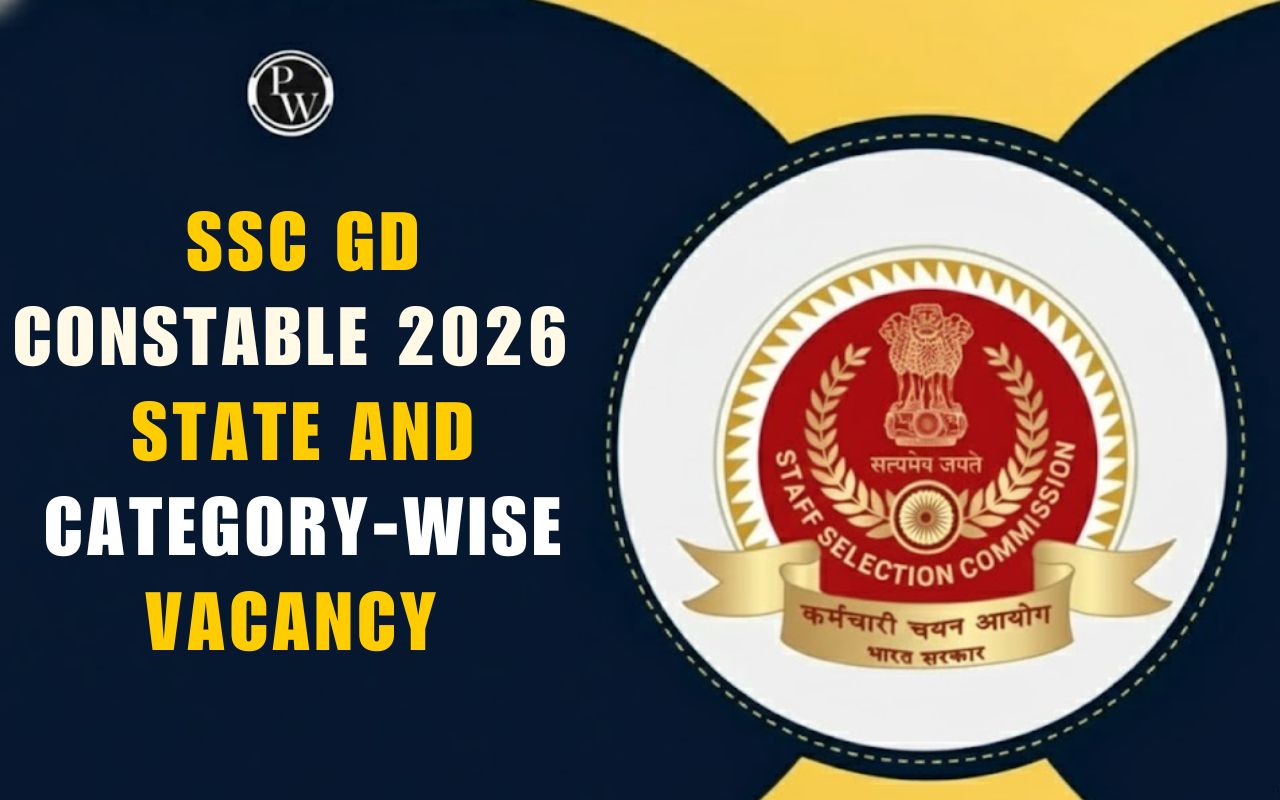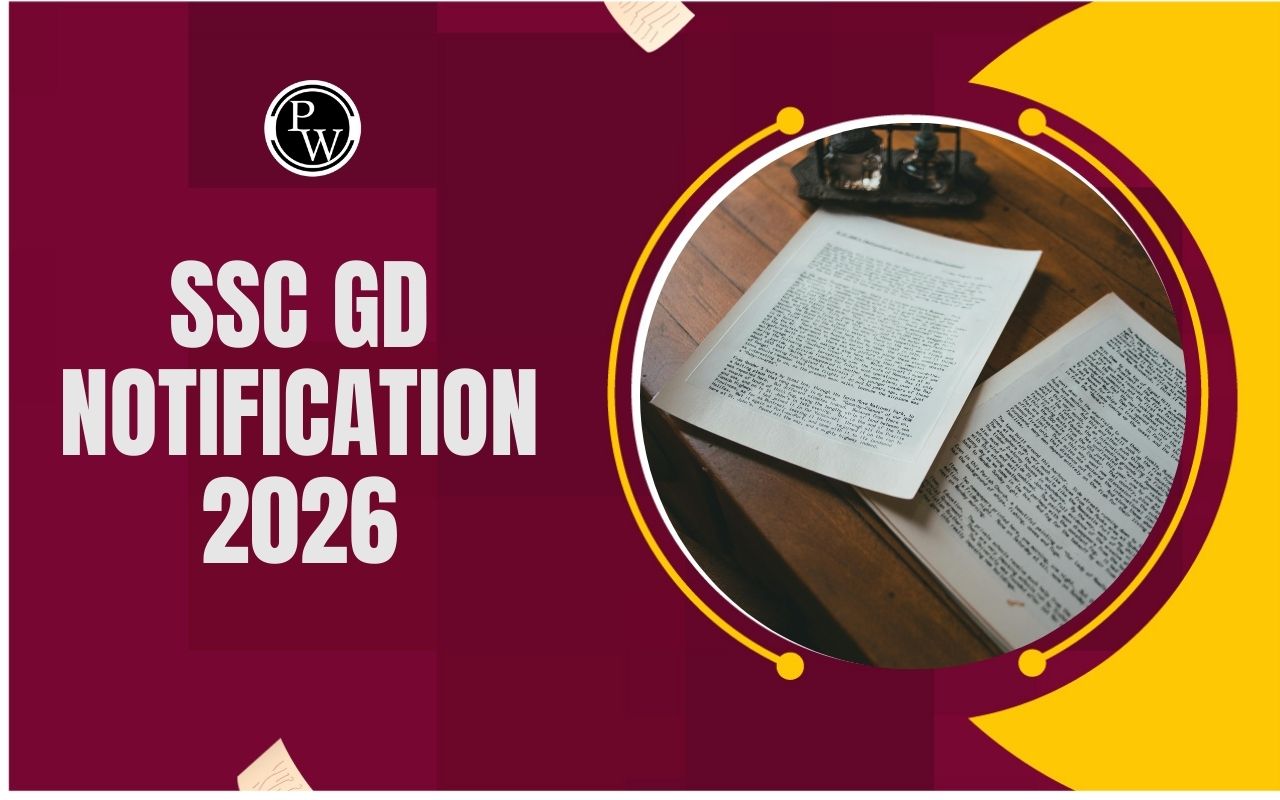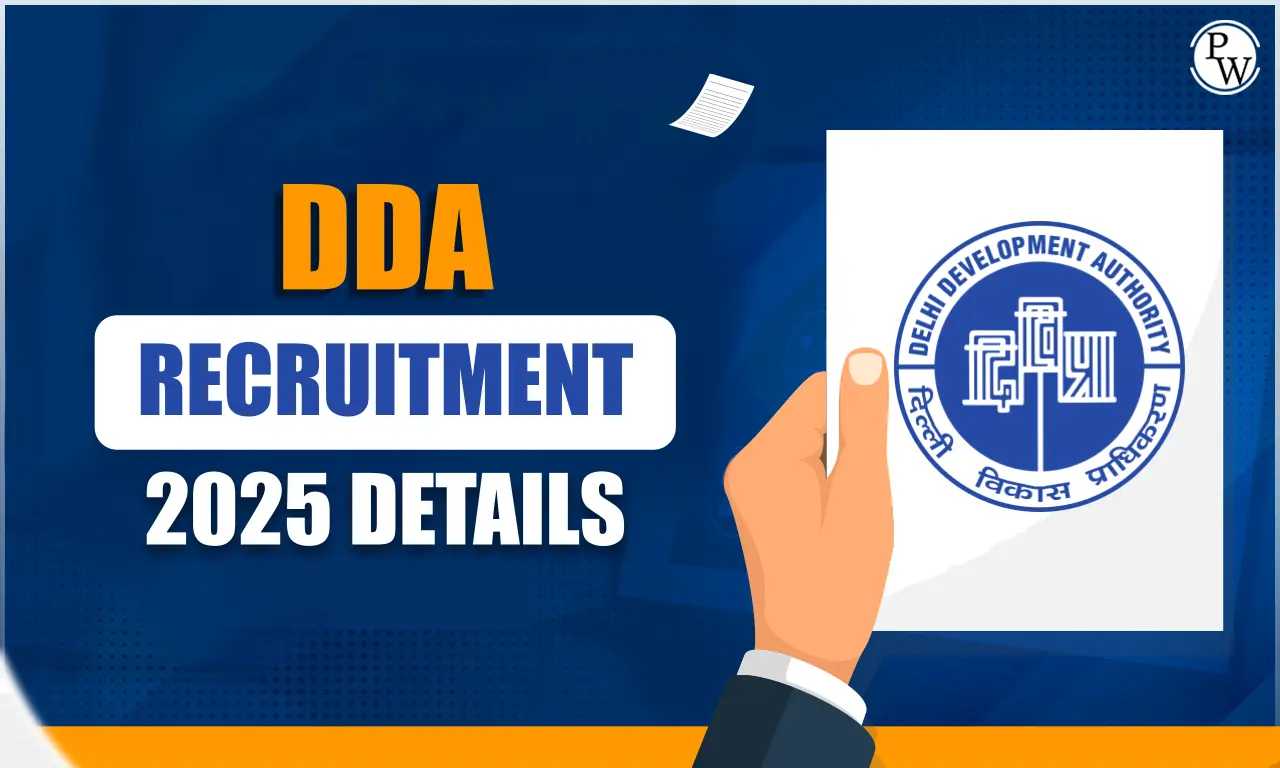
Ancient History Notes For SSC: Ancient History is considered one of the key topics in the SSC recruitment exams. Candidates get the topics related to the Gupta Empire, the Maurya Kingdom, and the Religious Movement. It is expected that around 1 to 3 questions covered in Ancient History MCQ for SSC recruitment exams. Candidates should be well-versed in the events. They should follow the Ancient History Notes for SSC. It can help them to memorise the Ancient History events covered in the recruitment exams.
Ancient History Notes For SSC
Ancient History Notes For SSC provides information about the historic events relevant to the recruitment exams. Candidates should focus on regularly revising the topics asked in the Ancient History section. They can track the important events related to the Indian History section. Revision with practice is the only way to get marks in the Ancient History questions asked in the SSC. No complex calculations are needed. The Ancient History section can be the scoring section for candidates preparing for SSC recruitment exams.
Ancient History Important Topics For SSC
Ancient History Important Topics For SSC recruitment exams. The topics have been prepared based on the question pattern asked in the previous patterns in the SSC exams.
|
Ancient History Important Topics For SSC |
|
|
S. No. |
Topic |
|
1 |
Indus Valley Civilisation |
|
2 |
Vedic Period |
|
3 |
Mahajanapadas and Rise of Magadha |
|
4 |
Religious Movements (Buddhism and Jainism) |
|
5 |
Mauryan Empire and Administration |
|
6 |
Post-Mauryan Kingdoms |
|
7 |
Gupta Empire – Golden Age of India |
|
8 |
Post-Gupta Period and Regional Kingdoms |
|
9 |
Art, Architecture and Literature in Ancient India |
SSC Ancient History Questions For Practice
SSC Ancient History Questions For Practice has been prepared in a table format. These questions are based on the difficulty asked in the SSC recruitment exams. Candidates can take an overview of the Ancient History Notes for SSC and practice the questions accordingly.
|
SSC Ancient History Questions For Practice |
||
|
Question |
Options |
Correct Solution |
|
1. Which of the following sites of the Indus Valley Civilisation is famous for its advanced drainage system? |
A) Harappa B) Lothal C) Mohenjo-daro D) Kalibangan |
C) Mohenjo-daro |
|
2. The famous 'Battle of the Hydaspes' was fought on the banks of which river? |
A) Indus B) Jhelum C) Ganga D) Ravi |
B) Jhelum |
|
3. Who was the founder of the Sunga Dynasty after the decline of the Mauryan Empire? |
A) Pushyamitra Sunga B) Agnimitra C) Vasudeva D) Simuka |
A) Pushyamitra Sunga |
|
4. The Tri-ratnas (Three Jewels) of Jainism are: |
A) Right Faith, Right Knowledge, Right Conduct B) Right Thought, Right Speech, Right Action C) Right Belief, Right Intention, Right Living D) Right Path, Right Wisdom, Right Karma |
A) Right Faith, Right Knowledge, Right Conduct |
|
5. Which Gupta ruler was known as the 'Indian Napoleon' due to his military conquests? |
A) Chandragupta I B) Samudragupta C) Chandragupta II D) Kumaragupta I |
B) Samudragupta |
|
6. The Rigveda consists of how many hymns (Suktas)? |
A) 1028 B) 1000 C) 1017 D) 1056 |
A) 1028 |
|
7. Which of the following foreign travellers did not visit India during the Gupta period? |
A) Fa Hien B) I-tsing C) Megasthenes D) Hiuen Tsang |
C) Megasthenes |
|
8. The Kalinga War was fought in the 8th year of the reign of which Mauryan Emperor? |
A) Chandragupta Maurya B) Bindusara C) Ashoka D) Brihadratha |
C) Ashoka |
|
9. The Harshacharita and Kadambari were written by which court poet of King Harshavardhana? |
A) Banabhatta B) Kalidasa C) Aryabhata D) Vishakhadatta |
A) Banabhatta |
|
10. Which ancient Indian text describes the social classification (Varnas) and the duties associated with them? |
A) The Upanishads B) The Puranas C) The Rigveda D) The Manusmriti |
D) The Manusmriti |
|
11. The Jataka tales are a collection of stories related to the previous births of: |
A) Mahavira B) Buddha C) Rishabhanatha D) Krishna |
B) Buddha |
|
12. The famous Mehrauli Iron Pillar inscription mentions the conquests of which ruler? |
A) Skandagupta B) Chandragupta II C) Samudragupta D) Kumaragupta I |
B) Chandragupta II |
Preparation Tips To Cover Ancient History Topics
It is common that many candidates struggle to remember important History topics for SSC exams. Candidates should keep the Ancient History Notes for SSC. It can benefit the candidates to track the important dates and events.
-
Learn Chronologically: Start from Prehistoric Period → Indus Valley → Vedic Period → Mahajanapadas → Mauryan → Post-Mauryan → Gupta → Post-Gupta. This helps you understand the sequence of events clearly.
-
Focus on Important Facts: Pay special attention to dynasties, capitals, rulers, texts, councils, battles, and cultural developments.
-
Make Your Own Mini-Notes: Write down dates, sites, and key personalities in a tabular form for quick recall.
-
Solve Previous Year Questions (PYQs): Practice SSC CGL and SSC CHSL to know the exact question pattern and frequently asked topics.
-
Revise Multiple Times: Revision is the key to retaining facts. Revise short notes weekly.
Ancient History Short Notes For SSC PDF
Ancient History is an important part of the General Awareness section in SSC exams like CGL, CHSL, MTS, and GD. Most of the questions are fact-based and come directly from standard topics like the Indus Valley Civilisation, Vedic Period, Mauryan Empire, Gupta Empire, and important religious movements.
Ancient History Short Notes have been covered in a concise and easy-to-revise format to help aspirants cover maximum information in minimum time. These notes include important dates, rulers, dynasties, and key features of ancient Indian history. Candidates can get the Ancient History Short Notes for SSC in PDF format for revision. Download the notes and study without an internet connection requirement.
Ancient History Notes For SSC
Study without using the internet
Ancient History Notes For SSC FAQs
What is the benefit of using Ancient History Notes For SSC?
How many questions from Ancient History are asked in SSC exams?
What are the important topics from Ancient History for SSC exams?
Is it necessary to remember all the dates in Ancient History for the SSC exam?
What is the strategy to prepare for Ancient History for SSC exams?



